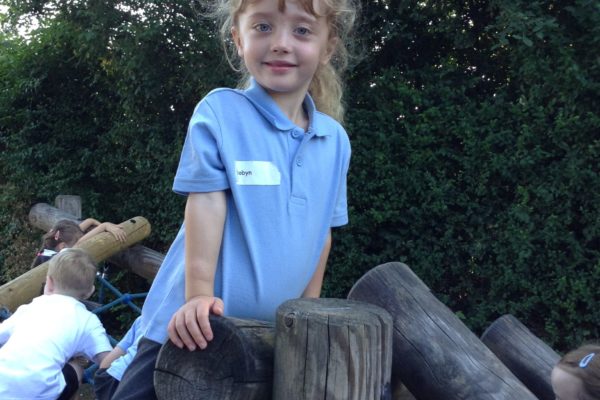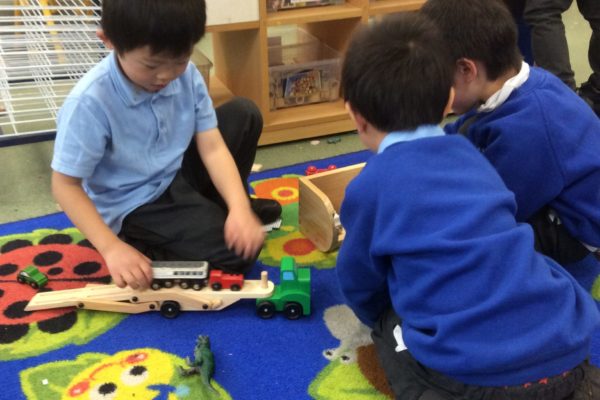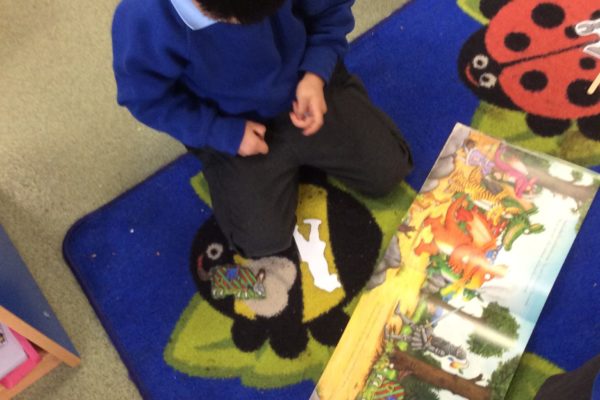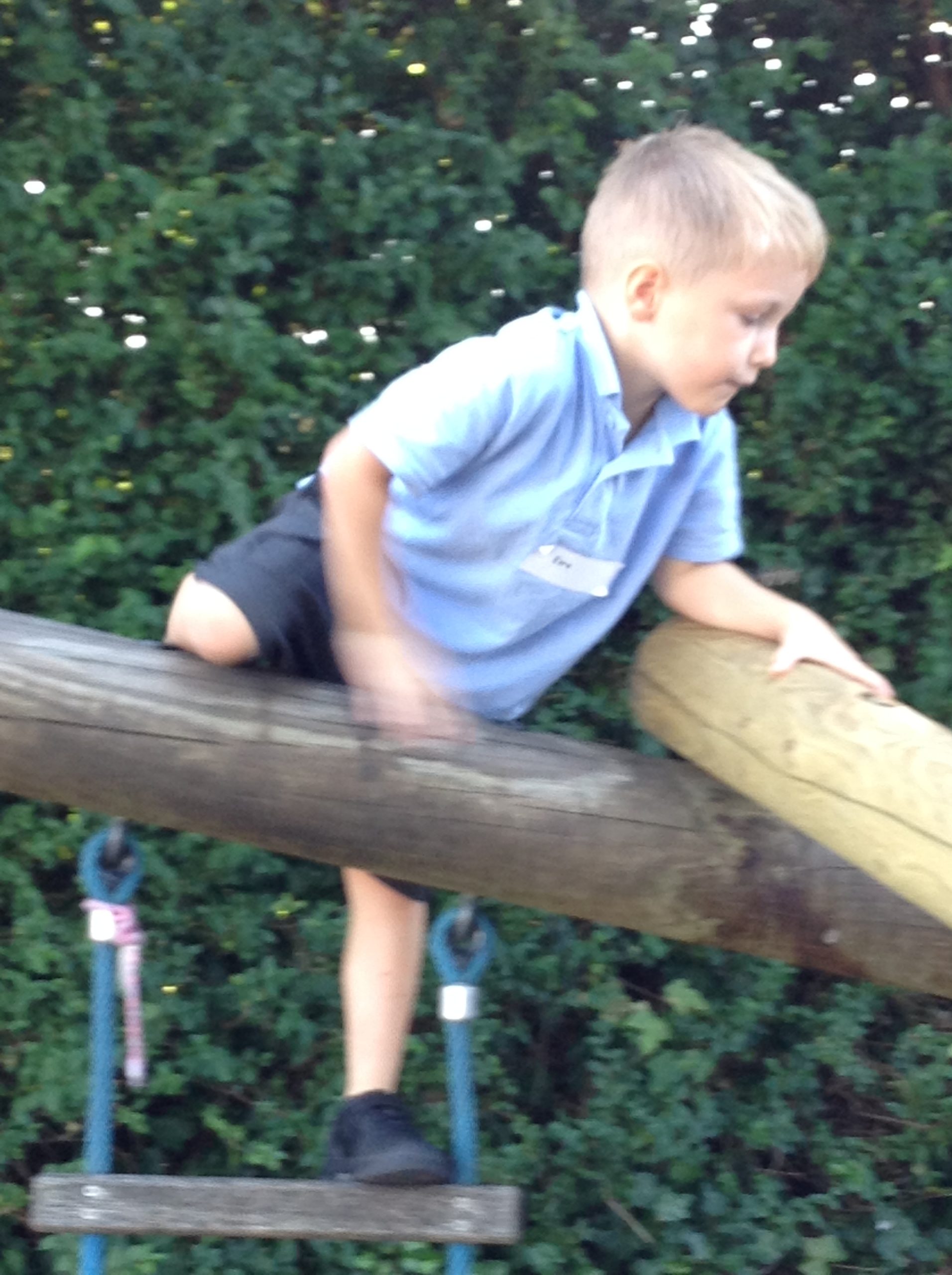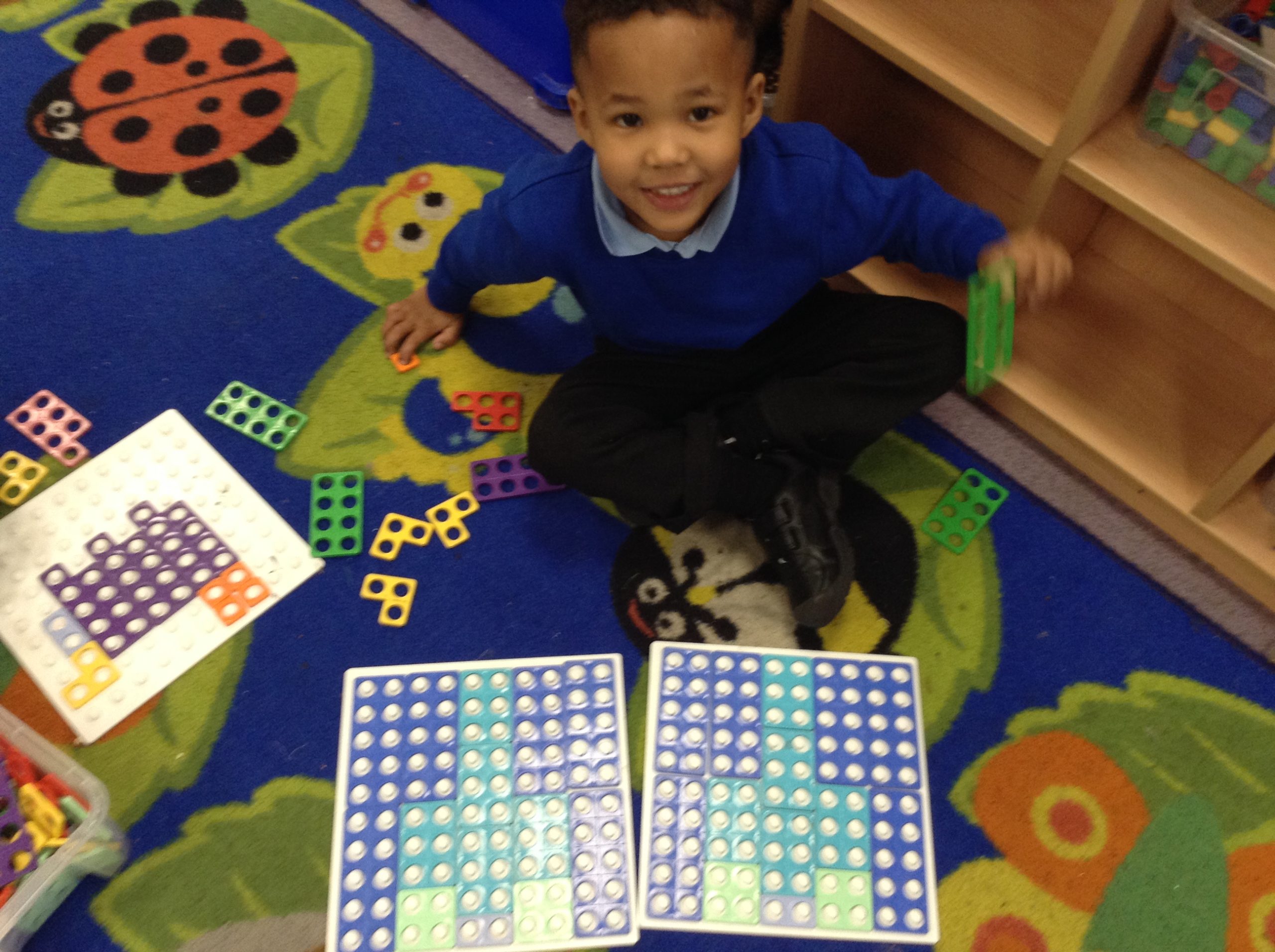We are very pleased with the fantastic start that our Reception children have made to their school lives and we wanted to share some of what they do with you, in order to give you an idea of what has kept them so busy between 8:50 and 3:20 each day!
As you will see from the photo gallery, learning in Reception is based around exploratory, hands-on play – which may explain why your child comes home exhausted and grubby most days! While we always encourage the children to wear aprons when engaging in messy play, we do believe that if dirty clothes and messy hair is necessary to get brains buzzing with learning and eyes sparkling with joy, then it’s worth it! However, if the extra laundry is putting a financial burden on your family, please do speak to a member of staff, in confidence, about this.


